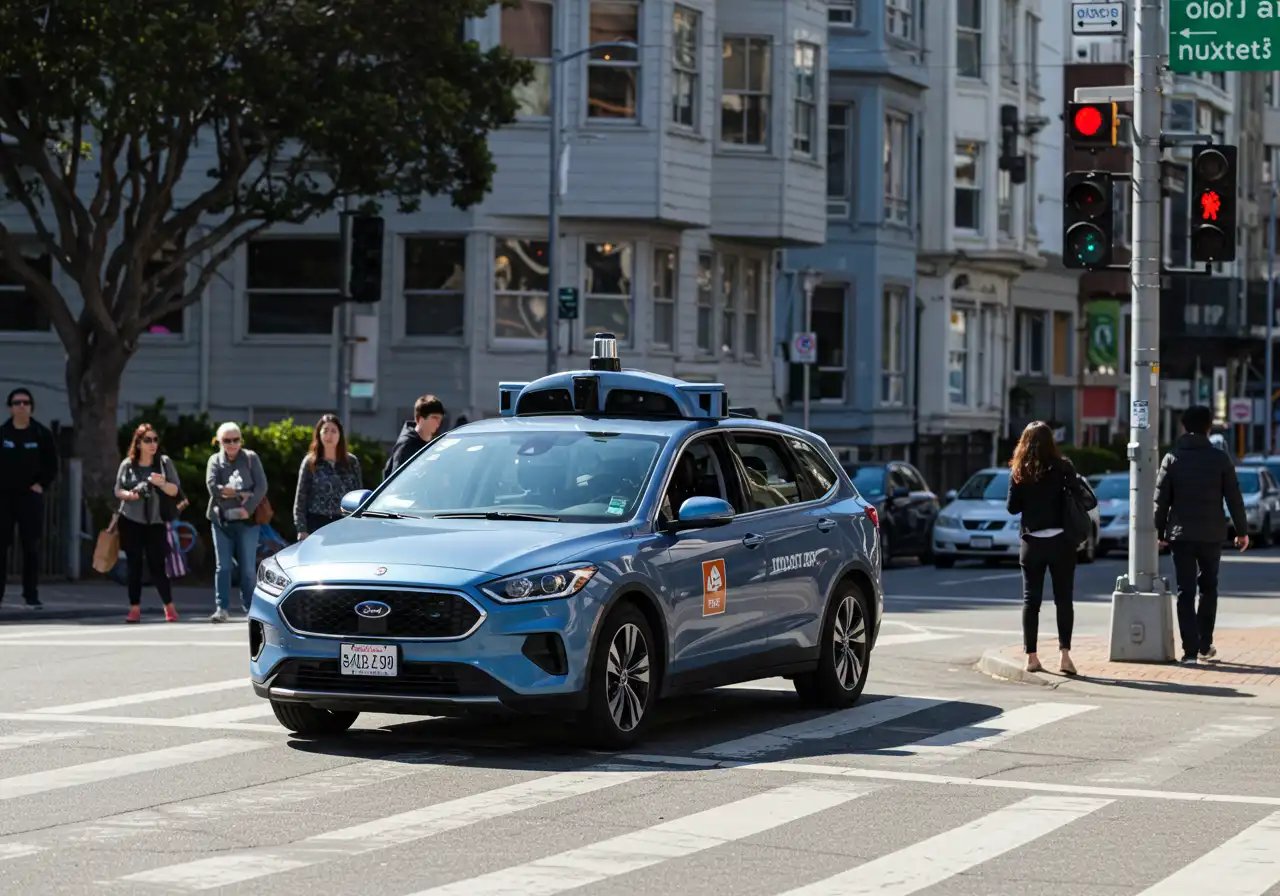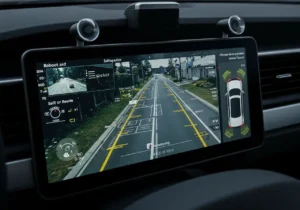
The Rise of Robotaxis
Over the last decade, self-driving technology has accelerated rapidly. Waymo has offered fully driverless rides in Phoenix and San Francisco. Cruise operated in major cities before halting some services after safety investigations. Tesla continues to roll out “Full Self-Driving” beta features to thousands of owners. The question is no longer whether self-driving cars exist, but how safe they are and who bears the risk when crashes occur.
According to the National Highway Traffic Safety Administration (NHTSA), there have been hundreds of reported crashes involving vehicles using advanced driver-assist or autonomous systems. This has sparked lawsuits, regulatory investigations, and intense public debate about liability.
Why Liability in Robotaxi Accidents Is Complex
In a traditional car accident, liability usually rests with one or more human drivers. Negligence law looks at actions such as speeding, distracted driving, or failure to yield. But in a robotaxi accident, there may not be a driver at all. Instead, liability could fall on:
- The AV company that operates the fleet (e.g., Waymo, Cruise)
- The manufacturer of the vehicle or its parts
- The software developer responsible for navigation or decision-making algorithms
- A third-party contractor maintaining sensors, maps, or telematics
Each crash must be analyzed to determine if a human, a company, or a defective product caused the harm.
Recent Cases Highlight the Issue
In 2023, a pedestrian accident in San Francisco involving a Cruise robotaxi led to widespread criticism and regulatory scrutiny. The vehicle reportedly dragged a pedestrian after another car first struck her, raising questions about whether the software handled the scenario properly. The California DMV temporarily suspended Cruise’s operating permit. This case shows how complex these accidents can be: multiple vehicles, human error, and autonomous decision-making all interacting in ways courts have never fully resolved.
Even law enforcement has run into challenges. In one incident, police attempted to stop a driverless car but struggled to issue a traffic ticket since no one was behind the wheel. These gaps demonstrate how laws are still catching up with the technology.
How Liability Is Determined
When a robotaxi crash happens, investigators look at several key factors:
- Software behavior: Did the autonomous system react as designed? Was there a coding or machine-learning error?
- Hardware performance: Did sensors, brakes, or cameras fail to detect hazards?
- Operational decisions: Did the operating company deploy cars in unsafe conditions?
- Human involvement: Was there a remote operator, safety driver, or another human contributing to the crash?
Evidence That Matters in Robotaxi Accident Cases

Unlike traditional crashes, where witness statements and skid marks may be enough, robotaxi claims often require advanced evidence:
- Event Data Recorder (EDR) logs – similar to an airplane’s black box
- Sensor and camera captures – lidar, radar, and onboard video
- Telematics data – GPS routes, speed, and system status
- Maintenance and update records – including software patches and bug fixes
- Remote operator communications – if applicable
Preserving this evidence quickly is critical. Attorneys often send spoliation letters to AV companies demanding that all data be saved before it can be deleted or overwritten.
Legal Theories of Liability
Several legal theories may apply in robotaxi crash cases:
Negligence
If a company deployed vehicles in unsafe areas, ignored safety reports, or failed to recall faulty vehicles, it could be liable for negligence.
Product Liability
If the autonomous system, sensors, or vehicle itself had a design defect, the manufacturer could face a product liability lawsuit. Plaintiffs do not need to prove negligence—only that the product was defective and caused harm.
Strict Liability
Some courts may consider whether AV operators should be strictly liable for any accidents, regardless of fault, given the high-risk nature of the technology.
Shared Fault
In cases involving multiple vehicles, a human driver may share responsibility with the robotaxi company. Comparative fault laws will determine how damages are split.
What Damages Can Victims Recover?
Victims of robotaxi accidents may be entitled to compensation for:
- Medical expenses
- Lost wages and future earning capacity
- Pain and suffering
- Rehabilitation and ongoing care
- Property damage
In cases of gross negligence or misconduct, punitive damages may also be available.
Insurance Challenges
Insurance laws are evolving to handle autonomous vehicle crashes. Some states require AV companies to carry large liability policies. Others allow personal auto insurers to deny coverage if the policyholder wasn’t actually driving. This patchwork creates challenges for victims trying to recover damages.
What To Do If You’re Injured in a Robotaxi Accident
- Call 911 and get immediate medical care.
- Document the scene with photos and videos.
- Gather witness information.
- Note the vehicle number, operator, and any markings.
- Contact an attorney as soon as possible to preserve digital evidence.
The sooner legal action is taken, the stronger the case will be. AV companies have teams of lawyers protecting their data and interests—you need representation to level the playing field.
How Laws Are Changing
State legislatures and Congress are debating new laws to clarify liability. Some proposals suggest making AV operators automatically liable for crashes. Others aim to set federal standards for data collection and disclosure. Until then, lawsuits will continue to push courts to define the rules case by case.
Why Legal Representation Matters
Robotaxi accidents involve cutting-edge technology, corporate defendants, and evolving laws. A personal injury attorney experienced in autonomous vehicle litigation can:
- Demand preservation of data
- Hire experts to interpret complex evidence
- Negotiate with insurers and corporate counsel
- Take the case to trial if necessary
Without legal help, victims risk being outmatched by billion-dollar companies eager to protect their image and technology.
Conclusion
Robotaxis may reshape transportation, but they also raise new safety and liability issues. If you or someone you love has been injured in a self-driving vehicle crash, you deserve answers and fair compensation. Understanding who can be held liable—and securing strong legal representation—may make the difference between an uphill battle and a successful recovery.
Need help? Our team is here to guide you through the legal process after a robotaxi or self-driving crash.Contact us today for a free consultation.

